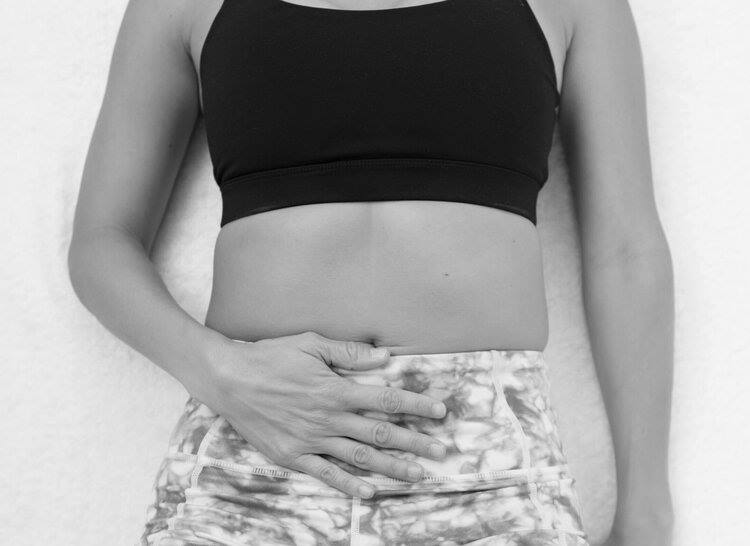A hysterectomy can be life-changing, most often for the better. But for some people, a hysterectomy can do a number on one’s sex life. Fortunately, painful sex after a hysterectomy doesn’t have to be permanent.
What’s a Hysterectomy?
A hysterectomy is the surgical removal of the uterus. It can also involve the removal of other surrounding reproductive structures, like the cervix, ovaries, and Fallopian tubes. A hysterectomy can be total or partial, depending on what organs are removed during surgery. After Cesarean sections, hysterectomies are the most common surgery for women.
A hysterectomy is an invasive surgery and is often used as a last-resort treatment.
Hysterectomies are performed for a variety of reasons, including:
- Heavy periods
- Uterine prolapse
- Long-term pelvic pain and discomfort
- Adenomyosis
- Endometriosis
- Non-cancerous tumors, like fibroids
- Reproductive cancers
- Gender affirmation
Hysterectomy Recovery 101
A hysterectomy is a major operation. While recovery time ranges, you can expect to be in the hospital for several days post-op with a 4-8 week recovery period.
There are a couple of very important do’s and don’ts for the hysterectomy healing process. First, avoid the following things until you’re cleared by a medical professional:
- Lifting objects heavier than 10 pounds
- Returning to your normal workout routine
- Driving yourself
- Vaginal sex for 4-6 weeks post-surgery
After a hysterectomy, you should:
- Get plenty of rest
- Walk and stretching as directed
- Take excellent care of your pelvic floor and core
Causes of Painful Sex After Hysterectomy
About 1 in 5 women will experience painful sex at some point in their lives. While there are a lot of contributing factors, painful sex can be more likely in people who’ve had a hysterectomy.
That’s most often because a hysterectomy that includes ovary removal will likely cause surgical menopause. This is because of a decrease in estrogen levels production. This affects the blood flow and lubrication of your vagina and pelvic floor muscles and can contribute to symptoms like:
- Changes in pelvic floor muscle strength
- Vaginal dryness
- Urinary leakage
- Decreased sexual desire or libido
With thinner, drier vaginal tissues, you might start experiencing pain, a raw sensation, or even mild bleeding with intercourse.
Painful sex can also happen if the shape of your vaginal canal changed as a result of the procedure. This might lead to pain, especially during penetration.
How to Treat Painful Sex After a Hysterectomy
You do not have to just grin and bear it through post-operative pain! Sex should be pleasurable (and not painful) at any life stage. Use these tips and products to restore pleasure to sexual activities.
#1 Use lubricant.
Lubricant can help restore moisture down there and lead to more pleasurable and less painful sex. I prefer a water-soluble lube like Slippery Stuff or a silicon-based lubricant like Uber Lube. Or, if you’re looking to go all-natural, coconut oil is a great lube alternative. Here’s more guidance on how to select the best lube for you.
#2 Moisturize.
External dryness, around the labia and clitoris, is also quite common post-hysterectomy. Try this “lip stick” from Medicine Mama’s Apothecary to give you an extra boost of moisture. With natural ingredients like honey, olive oil, and avocado, you can moisturize and protect those delicate vaginal tissues.
#3 Get vaginal dilators.
Your pelvic floor muscles might be extra tight or tense post-op. To train your muscles to relax, try a vaginal dilator. These cylindrical wands stretch the vagina gently and progressively, making it easy and comfortable on your body. Try these from Intimate Rose.
#4 Do a vag massage.
Relaxation techniques are key. Pelvic wands can help reach superficial and deep pelvic floor muscles, releasing trigger and tender points. This will help overactive pelvic floor muscles relax and return to their normal functions. These from Intimate Rose are my favorite.
#5 Practice belly breathing daily.
Most of us hold a lot of tension in our muscles. Just like any other muscle, our pelvic floors can get overactive and easily fatigued if we’re holding too much pressure there.
To release some tension, try belly breathing. Slowly inhale and puff your belly outward. As you exhale slowly, let your stomach fall. Easy-peasy!
#6 Explore hormone replacement therapy.
Hormone replacement therapy (HRT) is a common treatment for folks who’ve had a total hysterectomy, which includes the removal of the ovaries. HRT may include a combination of estrogen and progesterone to help maintain those important hormone levels that impact our sex lives. Chat with your medical provider about what HRT options are available to you.
#7 Start pelvic floor PT.
A pelvic floor physical therapist could be the solution you’re looking for! A PT can diagnose and treat all types of pelvic floor problems so you can stay happy and healthy from the inside out.
Are you ready to address painful sex after a hysterectomy?
Finding, scheduling, and sticking to pelvic floor PT can feel overwhelming.
That’s why I created the V-Hive. These online, on-demand workouts for your pelvic floor and core can help you get pelvic floor PT support at home (and for a fraction of the cost). Your first week is free!
Additional Sources
Cleveland Clinic. (2021, October 16). Hysterectomy: Purpose, procedure, benefits, risks & recovery. Cleveland Clinic.




